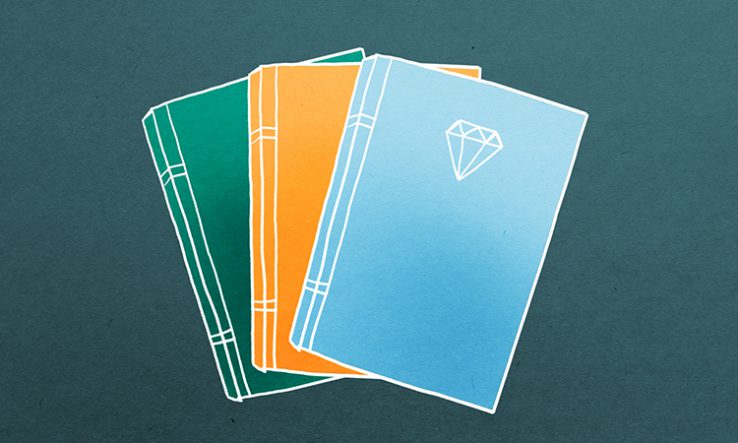
Image: Grace Eliz for Research Professional
Publishing model making papers free for authors and readers needs better coordination, research leaders say
Two associations of major, mainly European research funders have announced an initiative to provide worldwide support for the ‘diamond’ open-access publishing model, through measures such as coordinating funding and providing training for editors.
Under diamond open access, research papers are free for both authors and readers because diamond journals and online platforms are supported in a more overarching way by funders or institutions, such as through multi-year service agreements or provision of staff time.
The model is seen by advocates as a way for academia to retain or regain greater control over scholarly publishing, because many diamond platforms are run by academics or scholarly societies using volunteers and institutional resources.
At the Open Science European Conference on 4 February, representatives of Science Europe, an association of research funders and performers, and Coalition S, the partially overlapping group of funders behind the Plan S open-access movement, announced a joint initiative to develop an action plan for diamond open access.
“We thought that the moment was mature to create a community that would strengthen the diamond open-access sector,” said Science Europe secretary-general Lidia Borrell-Damián. “We can achieve a system that is better organised, coordinated and sustainably funded to support researchers in their dissemination efforts.”
Tackling challenges
Coalition S executive director Johan Rooryck outlined at the event that the intention for the plan was agreed at an expert group meeting on 2 February, in response to a study into the diamond publishing ecosystem, published in March last year, that was commissioned by Science Europe and Coalition S.
The action plan will seek to address shortcomings around the technical underpinnings of diamond open access, how diamond journals and platforms are managed, and their visibility and sustainability.
This will include developing quality standards, sharing common resources, increasing interoperability and building capacity.
It will also involve setting up a capacity centre to provide technical, financial and training services, providing coordinated financing and ensuring that the legal status of diamond infrastructures enshrines their scholar-led status.
“We need to ensure that operational costs of diamond publishing are carried by a network of institutional actors,” Rooryck said. “We need to develop a coordinated financial mechanism that will deliver various sources of funding both to the central capacity centre and the individual journals, infrastructures and platforms.”
Worldwide appeal
In the next few weeks, those behind the initiative will launch a worldwide appeal for research organisations to back the action plan.
Rooryck said it was a positive that the EU recently awarded €3 million to a project to develop institutional and diamond open-access funding in Europe, but he added that the model needed wider support.
In the decades-long move towards making academic publications free to read, the focus has largely been on models adopted by traditional publishers, which generally charge fees for authors to publish individual papers.
But the 2021 study found that between 8 and 9 per cent of all scholarly publishing worldwide took place in diamond journals.